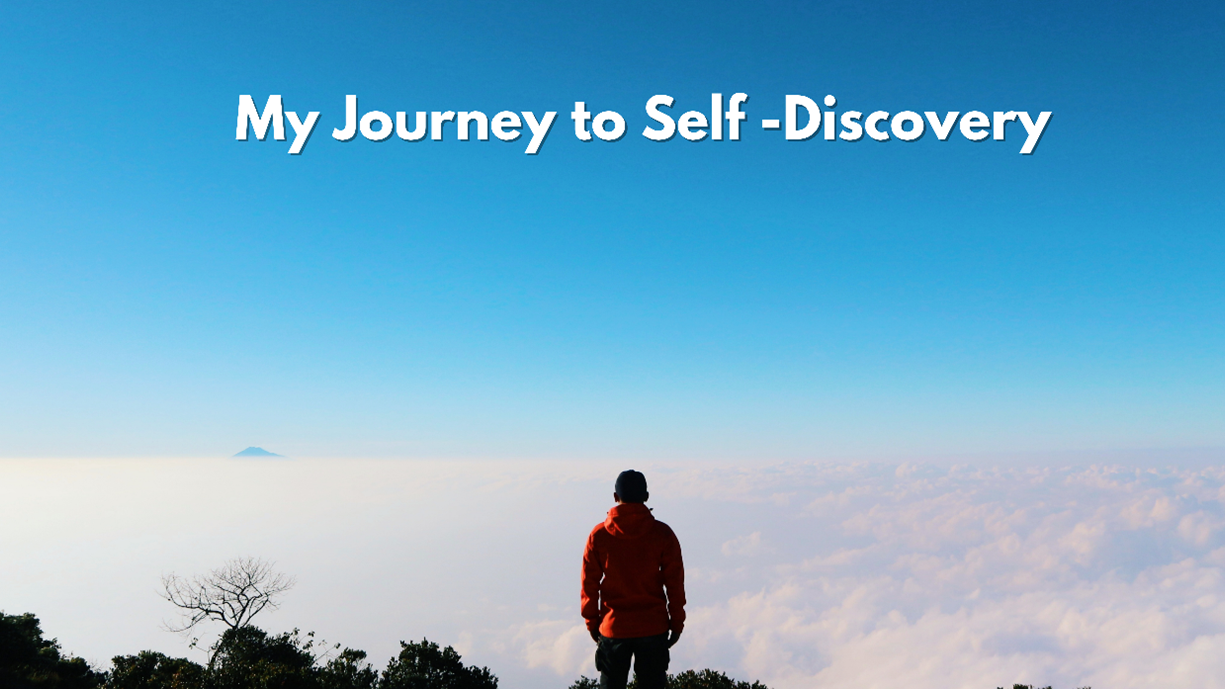
 Case Study
Case Study
John's self-discovery
John is a 28-year-old marketing professional who has been feeling unfulfilled in his job for the past year. He's been struggling to find purpose in his work and feels like he's not making a meaningful impact. He's also been dealing with anxiety and stress, and often feels overwhelmed with his workload. John has decided that he wants to go on a self-discovery journey to figure out what he wants in life and how he can find fulfilment.

John's Self-Discovery Journey
Self-awareness: John realizes that he's been feeling unfulfilled and wants to understand why. He takes some time to reflect on his life and career goals and tries to identify what's causing him to feel this way.
Self-reflection: John starts a daily journal to reflect on his thoughts and feelings. He writes about his goals, fears, and insecurities, and tries to identify patterns in his thinking. Self-care: John realizes that he's been neglecting his self-care and starts to prioritize it. He starts exercising regularly, eating healthier, and taking breaks to relax and recharge.
Self-care: John realizes that he's been neglecting his self-care and starts to prioritize it. He starts exercising regularly, eating healthier, and taking breaks to relax and recharge.
Self-compassion: John starts to show more compassion towards himself and recognizes that it's okay to feel lost and unsure of his path in life. He starts practicing self-compassion by speaking kindly to himself and treating himself with care.
Self-improvement: John decides to take a course on personal development to learn more about self-discovery and growth. He starts reading books and listening to podcasts that inspire him and help him find direction.
Self-control: John realizes that his anxiety and stress are often caused by his lack of self-control. He starts practicing mindfulness and meditation to manage his thoughts and emotions.
Self-confidence: Through his self-discovery journey, John gains more confidence in himself and his abilities. He starts taking on new challenges at work and speaking up more in meetings.
Self-realization: John discovers that his passion lies in helping others and making a positive impact. He decides to switch careers and pursue a job in the non-profit sector.
Self-transcendence: John's newfound purpose and passion allow him to transcend his own self-interest and focus on making a positive impact on others.
Selflessness: John starts volunteering at a local homeless shelter and finds fulfilment in helping those in need.
Self-acceptance: John learns to accept himself for who he is and recognize that his unique qualities and experiences make him who he is.
Self-image: John's self-discovery journey allows him to improve his self-image and see himself in a more positive light.
Self-talk: John starts speaking to himself in a more positive and encouraging way. He recognizes the power of self-talk in shaping his thoughts and emotions.
Self-doubt: Through his self-discovery journey, John learns to overcome his self-doubt and trust in his abilities and decisions.
Self-worth: John's self-discovery journey allows him to recognize his self-worth and value as a person.
Self-realization: John's self-discovery journey ultimately leads him to discover his true purpose and find fulfilment in his career and personal life.
In this case study, John's self-discovery journey touches on a variety of self-related topics, including self-awareness, self-reflection, self-care, self-compassion, self-improvement, self-control, self-confidence, self-realization, self-transcendence, selflessness, self-acceptance, self-image, self-talk, self-doubt, self-worth, and self-realization. By addressing each of these areas, John is able to find direction and meaning in his life and make a positive impact on the world around him.
Sarah's self-journey
Sarah is a 32-year-old marketing executive who has been struggling with feelings of self-doubt and inadequacy in her personal and professional life. She has a successful career and a loving partner, but she often feels like she is not good enough and worries that others will discover her insecurities. Sarah has been feeling stuck and is seeking ways to improve her self-esteem, self-worth, and overall sense of well-being.
Sarah’s Self- Journey outcome
Self-awareness: Sarah begins to practice self-awareness by taking time to reflect on her thoughts and emotions. She starts journaling and identifies patterns of negative self-talk and limiting beliefs that have been holding her back.
Self-acceptance: Sarah recognizes that everyone has flaws and that it is okay to make mistakes. She begins to practice self-acceptance by acknowledging her weaknesses and focusing on her strengths.
Self-compassion: Sarah learns to be kind and compassionate toward herself. She starts practicing self-compassionby offering herself the same kindness and support that she would give to a friend.
Self-esteem: Sarah identifies her strengths and accomplishments, and learns to acknowledge and celebrate them. She also learns to set realistic goals and works to achieve them.
Self-image: Sarah begins to change her perception of herself by focusing on her positive qualities and attributes. She also starts to dress in a way that makes her feel confident and comfortable.
Self-talk: Sarah learns to identify her negative self-talk and replaces it with positive affirmations.She also practices reframing negative situations in a more positive light.
Self-care: Sarah starts to prioritize self-care by engaging in activities that promote her physical and mental well-being, such as exercise, meditation, and spending time in nature.
Self-discovery: Sarah takes time to explore her interests, values, and beliefs. She begins to pursue hobbies and interests that bring her joy and fulfilment.
Self-improvement: Sarah identifies areas for personal growth and seeks out resources and support to improve her skills and knowledge.
Self-reflection Sarah continues to reflect on her thoughts and emotions, and identifies areas for further personal growth and development.
Self-control: Sarah learns to manage her impulses and emotions in a healthy and productive way.
Self-regulation: Sarah practices self-regulation by setting boundaries and limits to protect her physical and emotional well-being.
Self-discipline: Sarah develops self-discipline by setting goals and developing strategies to achieve them.
Self-motivation: Sarah learns to motivate herself by setting clear goals and finding meaning and purpose in her work and personal life.
Self-efficacy: Sarah develops self-efficacy by setting realistic goals and developing a plan to achieve them.
Self-confidence: Sarah learns to feel confident in her abilities and trusts her own judgment.
Self-expression: Sarah learns to express herself authentically and honestly, both in her personal and professional relationships.
Self-identity: Sarah explores her sense of self and develops a strong sense of identity that is not based on external validation.
Self-realization: Sarah discovers her true potential and works toward realizing her dreams and aspirations.
Self-transcendence: Sarah learns to move beyond her ego and connect with something greater than herself, such as her spirituality or a sense of purpose.
In conclusion, Sarah's journey toward self-acceptance and personal growth is a journey that involves many different self-related topics. By practicing self-awareness, self-acceptance, self-compassion, and other strategies, she was able to overcome her self-doubt and create a more fulfilling.